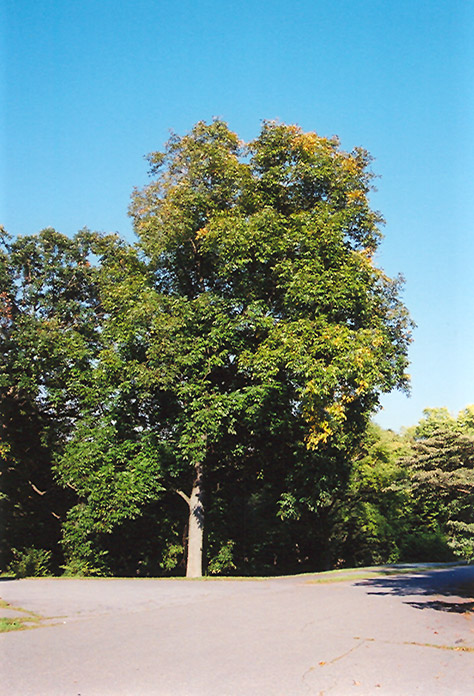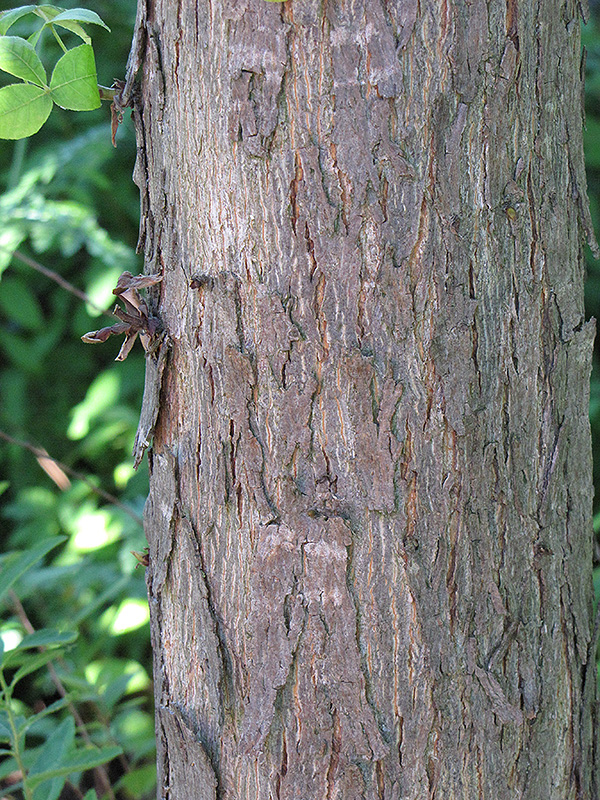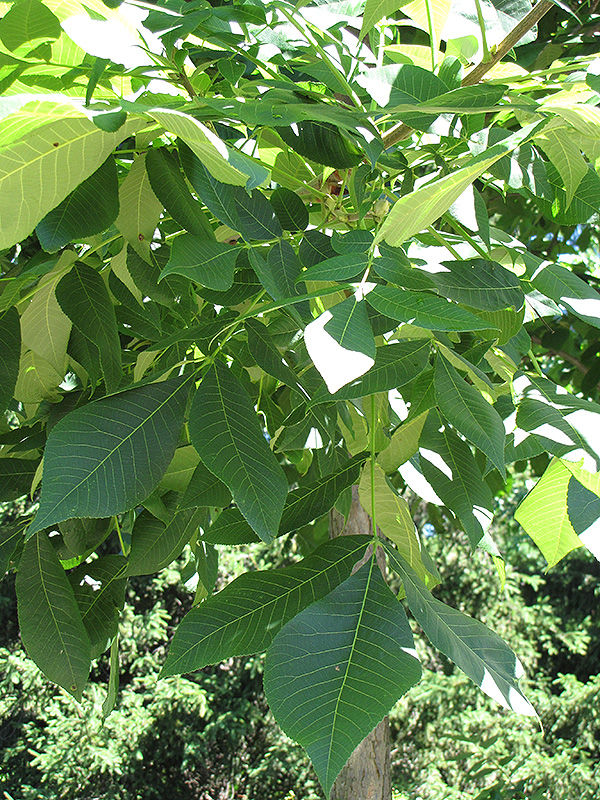Brunswick
422 Bath Road
Brunswick, ME 04011
1-800-339-8111
207-442-8111
Falmouth
89 Foreside Road
Falmouth, ME 04105
1-800-244-3860
207-781-3860
Cumberland
201 Gray Rd (Route 100)
Cumberland, ME 04021
1-800-348-8498
207-829-5619
Height: 70 feet
Spread: 40 feet
Sunlight:
![]()
![]()
Hardiness Zone: 3b
Description:
A very tall, narrow tree with spreading branches, not very common as a landscape plant; quite large for general home landscape use, more at home in forests; difficult to transplant
Ornamental Features
Shellbark Hickory has dark green deciduous foliage on a tree with a columnar habit of growth. The large compound leaves turn an outstanding gold in the fall. It produces brown nuts in early fall. The fruit can be messy if allowed to drop on the lawn or walkways, and may require occasional clean-up. The shaggy dark brown bark is extremely showy and adds significant winter interest.
Landscape Attributes
Shellbark Hickory is a deciduous tree with a narrowly upright and columnar growth habit. Its average texture blends into the landscape, but can be balanced by one or two finer or coarser trees or shrubs for an effective composition.
This is a high maintenance tree that will require regular care and upkeep, and is best pruned in late winter once the threat of extreme cold has passed. It is a good choice for attracting squirrels to your yard. Gardeners should be aware of the following characteristic(s) that may warrant special consideration;
- Messy
Shellbark Hickory is recommended for the following landscape applications;
- Shade
- Naturalizing And Woodland Gardens
Planting & Growing
Shellbark Hickory will grow to be about 70 feet tall at maturity, with a spread of 40 feet. It has a high canopy of foliage that sits well above the ground, and should not be planted underneath power lines. As it matures, the lower branches of this tree can be strategically removed to create a high enough canopy to support unobstructed human traffic underneath. It grows at a medium rate, and under ideal conditions can be expected to live to a ripe old age of 120 years or more; think of this as a heritage tree for future generations!
This tree does best in full sun to partial shade. It is very adaptable to both dry and moist locations, and should do just fine under average home landscape conditions. It is not particular as to soil pH, but grows best in rich soils. It is somewhat tolerant of urban pollution. This species is native to parts of North America.



